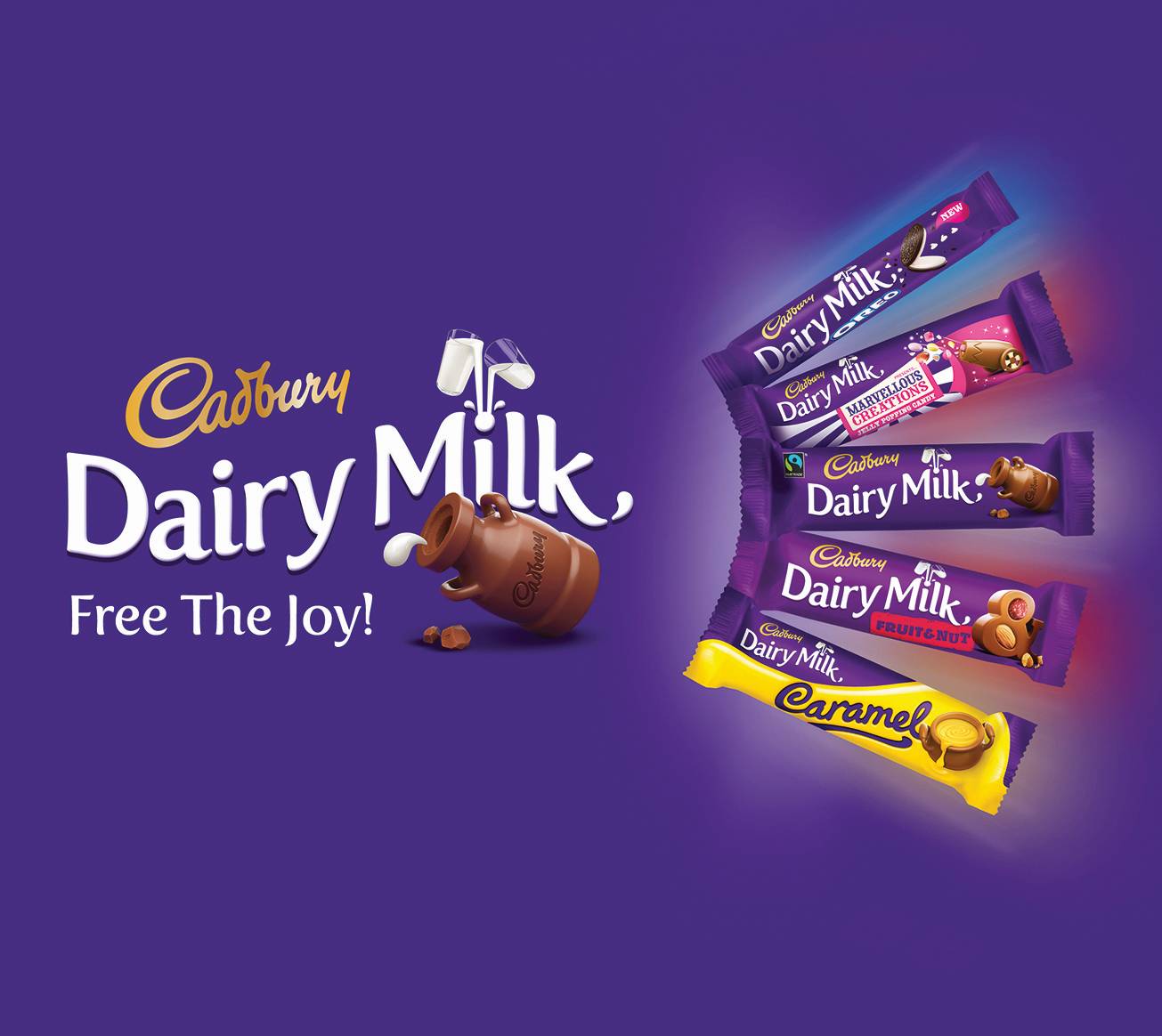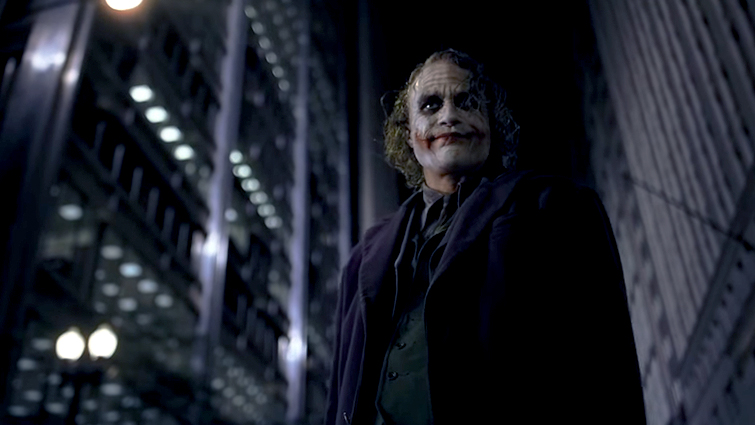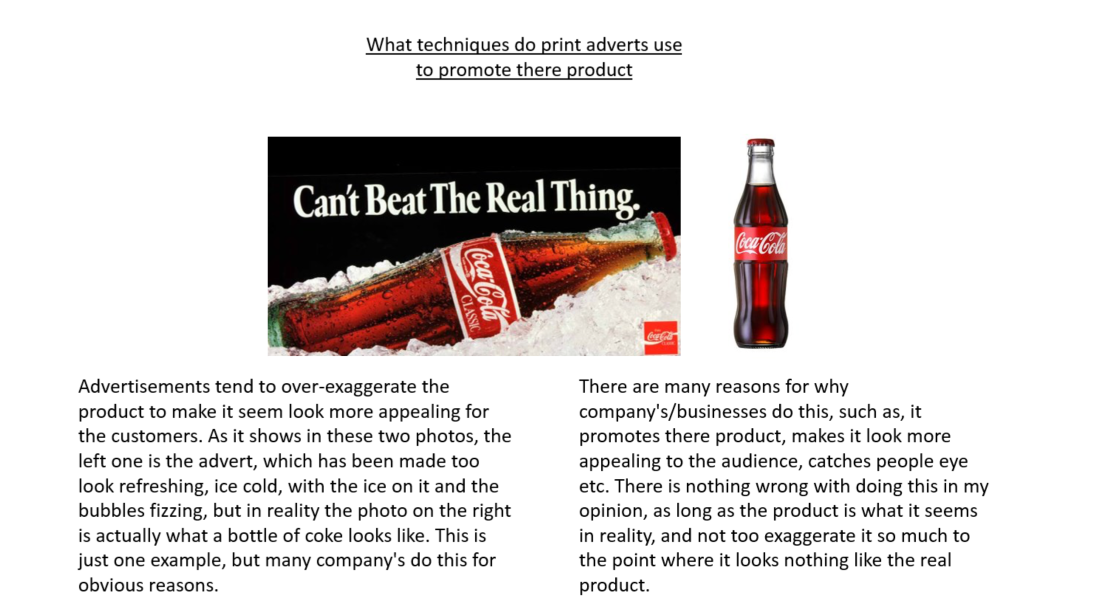Component one section A
1.Who advertises and why
-Markers of consumableproducts, for example beauty
-Charities:to raise awareness and encourage donations
-Government Departments for example health to raise awareness about issues, for example smoking.
-Organising of events for example 2012 olympics
-Educational establishments:to persuade people to go tere for there studies they pruduce a prospectus and additionsl promotional material similar to flyers.
-The media themselvespromote there products through film posters, CD covers etc.
2. Define the following key terms in a sentance:Brand, Brand Identity, Consumable products, Advertising Campaign, Hard Sell.
-Brand: That which identifies one companys products from those of another. The branding may be clearly identifiable by a name, logo or some other trade mark, for example the font style used by kellogsor the nike swoosh.
-Brand Identity: The image that a brand projects and the associations the audience makes with the brand, for example the brand Nike suggests good quality sports clothing that is also fashionable as leisure wear.
-Consumable Products: These are the products that we use regulary and that need to be replaced. Some audiences are loyal to a particular brand, whereas others may be persuaded to change as a result of successful marketing device.
-Advertising Campaign: Usally run by an advertising agency, a campaign incorporates all of thee ways in which a product, event or service is promoted to the audience, for example the pakaging, television, print and online adverts.
-Hard sell: This is ‘in your face’ advertisement. These adverts are usally short, loud and employ a direct mode of adres, they give clear information about the product.
3. How do advertisements use Media Language?
-Establishing the genre:for example some of the codes and conventions used in charity adverts.
-visual codes:Including clothing, gesture, expression and colour, which communicate messages which are being sold
-a slogan: A catchy phrase which people ramember
-language of persuation: Adverts will often use hyperbole and emotive writtenand spoken language to engage the audience.
-a narrative : Many up marer products will be promoted through audio visualadverts that are very cinematic.
-soft sell techniques:where by the audience are sold a lifestyle, the product is often not the main focus of the advert and may only appear briefly as an iconic representation.
4.What are the repertoire of elements used in print adverts?
-Layout and design
-Central Image
-Typography and graphics
-visual codes
-colour
-print technical codes, camera angles, shots, lighting, editing
-Language and mode of address: how does the advert ‘speak’ to the audience
Attitudes and beliefs
-Associations
5. What are the repertoire of elements (conventions) of Charity adertisements.
-A name for the campaign to differentiate it from the focus of other campaigns from the same charity
-Audio codes
-Recognisable songs with pertinent lyrics
-A dramatic soundtrack that may rise to a crescendo as the advert urges the audience to act.
-The use of non-diegetic voice–over , often with a tone of authority
-Personalised narrative
-Technical codes
-A typical convention of close up shots combined with the visual code of expression and a direct mode of address.
–












